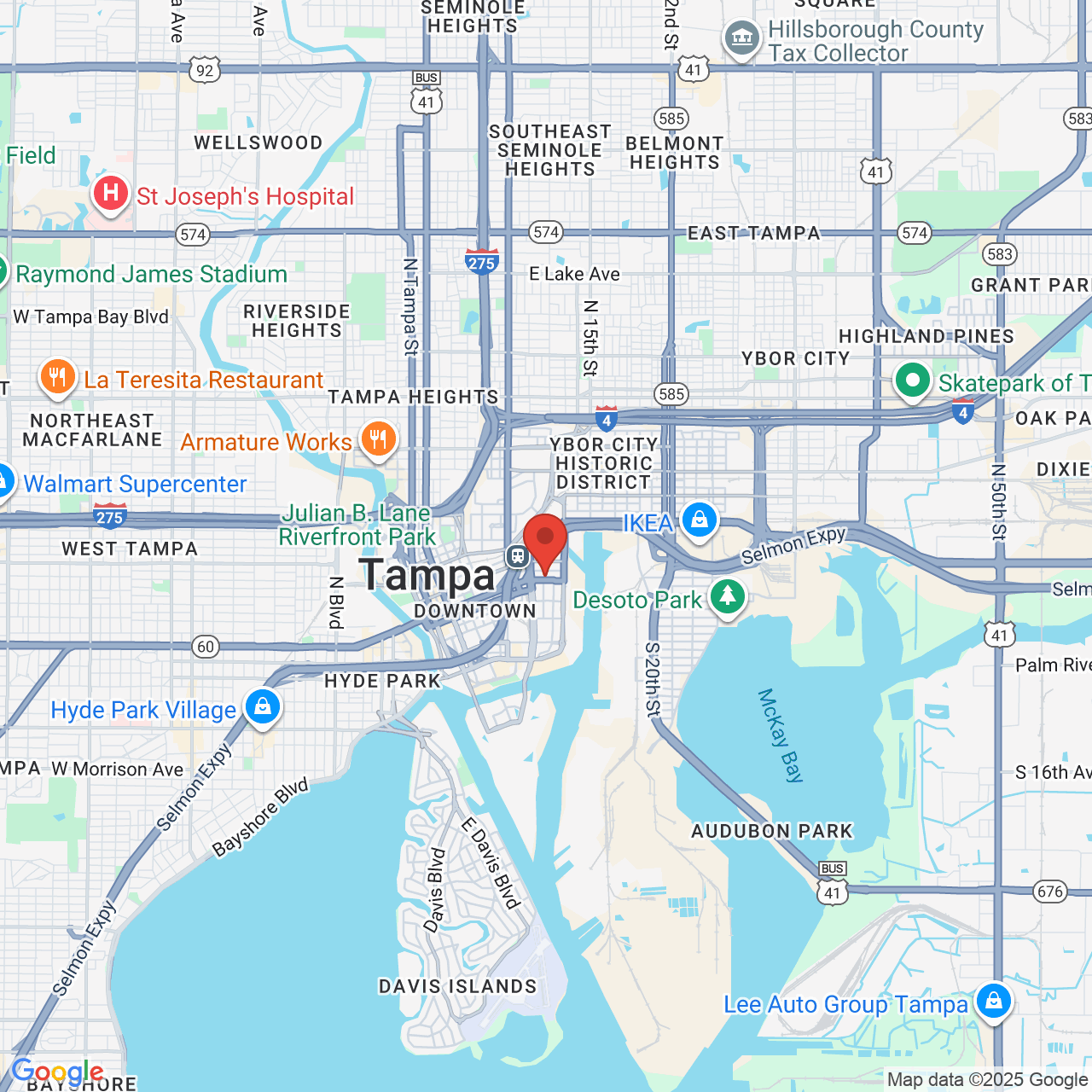Fractional Laser Treatment and Revealing Inner Beauty
Laser Treatment: Effective and Convenient
Today, laser treatment is a common solution to a whole host of our most annoying minor defects. Fractional laser treatment is but one of dozens of laser treatment types.Wrinkles, dull skin, and dark spots may feel like the bane of your existence, but we are fortunate to live in an era when they can be corrected with minimal inconvenience.
Let’s take a few minutes to provide an overview of one of these effective methods of treatment.
What is Fractional Laser Treatment?
The use of the term fractional comes from the pattern of treatment the laser creates. Healthline explains that the beam is split into many smaller beams in a grid-like pattern. The purpose is to use the laser to create “micro-injuries” next to healthy skin. As part of the healing process, your brain signals increased collagen production at the site of injury. The result is that damaged skin receives a second chance at radiance by improving elasticity, texture, and pigment.Ablative vs. Non-Ablative
Seminars in Plastic Surgery published a review on Fractional Laser Treatment that covers the difference between ablative and non-ablative lasers. Ablative lasers work by removing the top layer of skin, leading some experts to refer to them as “wounding lasers,” which, frankly, is a terrible term. This category of laser is intended for those who want a more extreme makeover. The procedure will require local anesthetic, and you may need to take extra time to recover depending on what setting your surgeon used.Non-ablative lasers do not damage the surface of the skin. Instead, they use heat to permeate the lower layers and stimulate collagen production. As a result, these lasers are effective at improving elasticity and fine lines, but may not be as effective on other skin abnormalities. The bright side is that you probably will not need any anesthetic, and you’re ready to go immediately after the procedure.
For both laser types, the American Board of Cosmetic Surgery warns that patients may experience redness and flaking. These are side-effects of the skin healing as dead skin falls away. The good news is this should fade over a couple of weeks, revealing your fresh new skin underneath. Also, your skin will be more sensitive to sunlight afterward. Be sure to keep up an SPF routine and not have the procedure during the summer months.
Are You a Good Candidate for Fractional Laser Therapy?
If you’re looking to improve the pigmentation and texture of your skin, then you’re probably a great candidate for fractional laser therapy. However, there are a few considerations worth taking into account.For one, the ideal age range is between 20 and 60. If you’re over 60, you should first have a consultation with a board-certified plastic surgeon. They will help you figure out if your skin can undergo laser therapy. Patients with darker skin should also speak with a surgeon and might consider other methods of skin resurfacing, as some laser therapy can cause complications in melanin production.
Also, all patients should be entirely honest regarding their medications and medical history. Something as seemingly minor as aspirin, which has blood-thinning properties, can interfere with the procedure and your recovery. Diabetics, smokers, and others with chronic conditions will have to consult their surgeon to learn whether fractional laser therapy is right for them.



